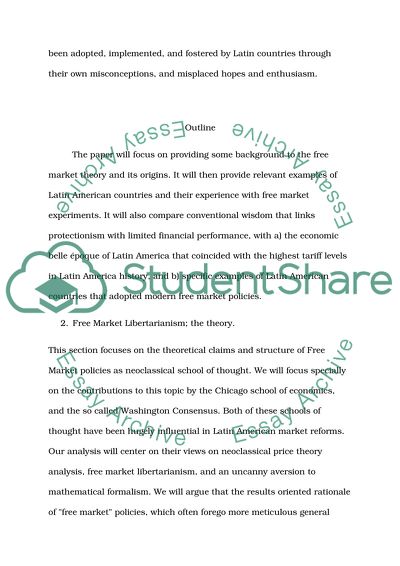Cite this document
(The Effect of Free-Market Policies on Latin American Countries Essay, n.d.)
The Effect of Free-Market Policies on Latin American Countries Essay. Retrieved from https://studentshare.org/marketing/1735553-research-proposal-on-south-american-economic-policies-economics-paper
The Effect of Free-Market Policies on Latin American Countries Essay. Retrieved from https://studentshare.org/marketing/1735553-research-proposal-on-south-american-economic-policies-economics-paper
(The Effect of Free-Market Policies on Latin American Countries Essay)
The Effect of Free-Market Policies on Latin American Countries Essay. https://studentshare.org/marketing/1735553-research-proposal-on-south-american-economic-policies-economics-paper.
The Effect of Free-Market Policies on Latin American Countries Essay. https://studentshare.org/marketing/1735553-research-proposal-on-south-american-economic-policies-economics-paper.
“The Effect of Free-Market Policies on Latin American Countries Essay”, n.d. https://studentshare.org/marketing/1735553-research-proposal-on-south-american-economic-policies-economics-paper.


